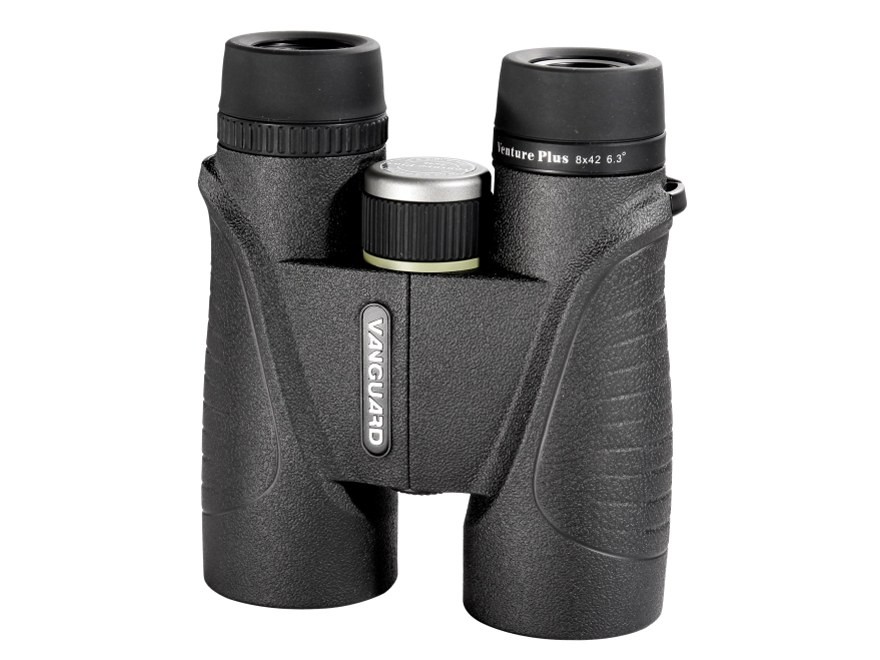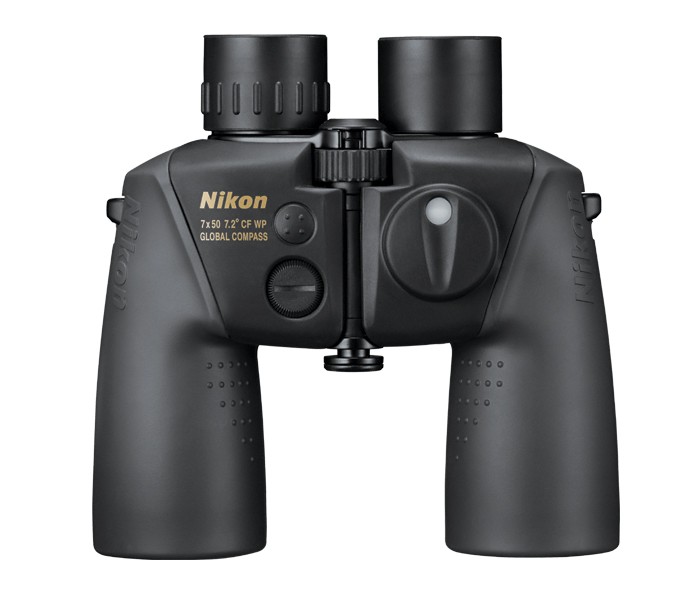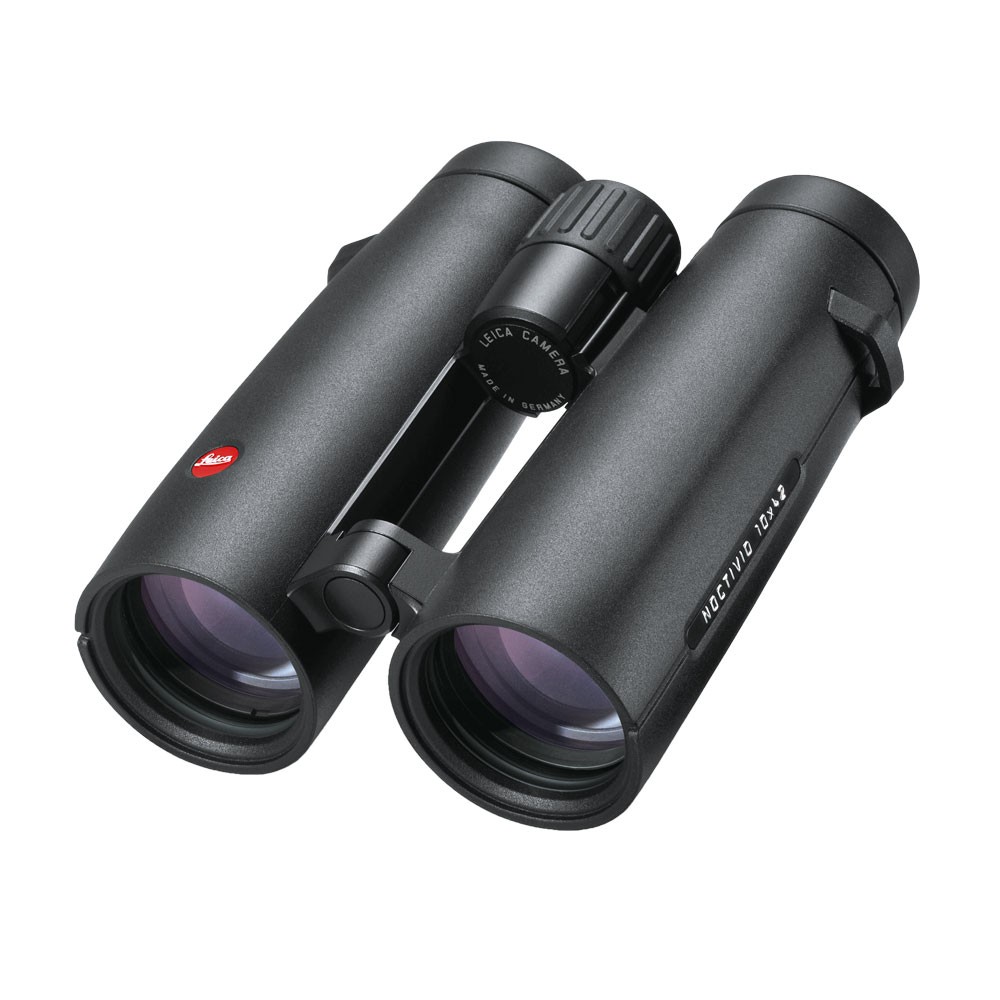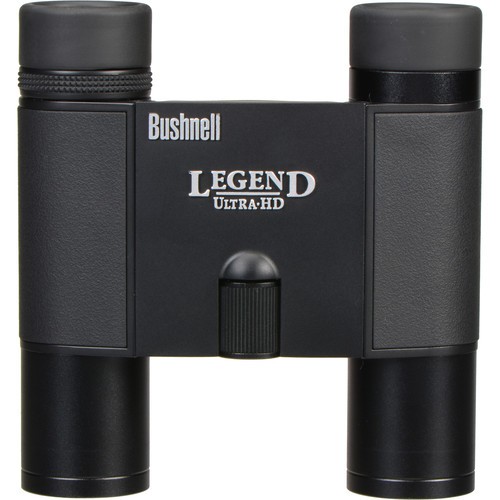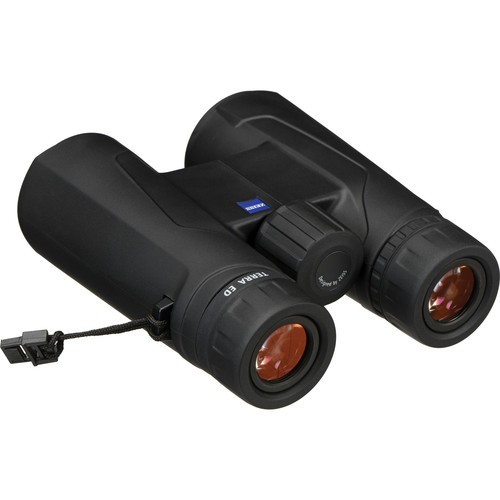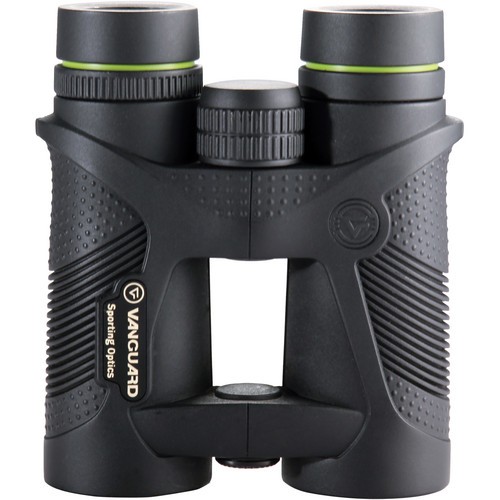A pair of binoculars is an essential accessory whether you are on a safari, birdwatching, observing wildlife in wetlands or marine mammals at sea. However, the current market has a varied choice of models that is overwhelming in its surfeit. We've got people from different areas of expertise to help you pick your best bet.
Shashank Birla
Traveller, birder, writer
What I use: My first pair was the Olympus DPS I 8X40, which enabled me to venture into birdwatching - an aspect of wildlife I had not paid much attention to earlier. As my interest grew, friends suggested binoculars with a roof prism - lighter, more durable with better optic quality - instead of a porro prism (although, in theory, the optic quality is similar). Roof prisms, however, cost more to make, and hence tend to be more expensive. I moved to a Vanguard Venture Plus 8x42, which drastically improved my birdwatching experience. Birds that would take some effort to spot, became easier to observe - and in greater detail.
What I recommend: Though there is no substitute for experience or practice, the quality of binoculars can significantly impact the birding experience - some binoculars command a huge premium over others, despite similar specifications. While I believe that a good set of porro prisms usually suffices while on a safari, I recommend a quality pair of roof prisms for anyone who wishes to take up birdwatching as a serious hobby.
Abhishek Jamalabad
Researcher and conservationist, currently working on marine ecology
What I use and recommend: I use a Nikon OceanPro 7x50 CF WP, great for marine mammal surveys at sea (this habitat is also where I do most of my birdwatching). It has multiple versions with added features and is often available by order only (I bought it for about ₹17,500 two years ago). It is relatively large and hefty, and not best suited for general wildlife-watching. It is designed to deal with harsh enviroments (such as the sea) with sturdy waterproof construction, excellent optics, and a padded neck strap that acts as a float should you drop it into the water. For those of you who watch wildlife in extreme environments, this delivers a great performance and can handle quite a beating.
Nikhil Devasar
Veteran birder and businessman
What I use: I use the Leica Noctivid 10x42.
What I recommend: If you prefer forest birding, get the 8x42, as anything with smaller specifications won't provide the required eye relief (the distance from the last surface of an eyepiece at which your eye can obtain the full viewing angle). However, if you spend long periods of time scanning the coast and/ or other types of vast open spaces like deserts, I’d recommend you buy a pair of binoculars with a magnification of 10x.
Rohit Chakravarty
Researcher, conservationist currently working on bat conservation
What I use: I use the Zhumell Nova ED (8x42) ($100; approximately ₹6,695). Unfortunately, this pair of binoculars is out of production now.
What I recommend: Student naturalists on a budget must look beyond Olympus, Nikon, Celestron, Vanguard, etc. Explore the American market thoroughly (and wait patiently for someone to ferry the right binoculars to you); it has better options.
Since I usually recommended binoculars to students, my opinion (and experience) is biased towards the ₹6,000 - ₹20,000 range, in which the best one is Bushnell Legend Ultra HD (8x42 or 10x42 depending on the observer's comfort; I prefer the 8x42). Other good options are by Vanguard (the Spirit and the Endeavour series) and Nikon (the Monarch series). Other brands (not available in India, though) you can explore are Eagle Optics, Kowa, and even Polaris, which offers some excellent deals below $150 (approximately ₹10,000; even on HD, ED glass binoculars). If you can afford binoculars above ₹20,000-₹25,000, then I recommend any pair made by Zeiss, Swarovski, or Leica. I strongly feel that you should not spend less than ₹6,000 for a pair of binoculars - it is a good investment.
In terms of size, I recommend the 8x42. It's the most versatile - both for forests and for grasslands/ wetlands. If you choose a pair with a minimum focussing distance of 6 to 8 feet, you can even use it to watch butterflies and dragonflies. If you want a compact pair, do not go below the 8x32. Pocket binoculars are terrible for the eyes (and the main reason why I wear spectacles today).
Saurabh Sawant
Award-winning naturalist, filmmaker and photographer
What I use: I have been using a Zeiss Terra 10x42 ED for two years now, and it gives phenomenal value for its price (₹30,500). Before that, I used the Vanguard Venture Plus 1042G (₹9,990 - and it has the same specifications as the Zeiss). I bought my first “real” pair by saving up money in college - the bulky Olympus 10x50. It is one of the cheapest branded binoculars and a decent model for beginners.
What I recommend: Upgradation to better models depends on your needs. The first upgrade usually involves moving to a lighter pair of binoculars - from the porro prism to the roof. In the process, you will have to compromise with the loss of a little depth of field and light, but a good make usually compensates for that.
While choosing a new pair of binoculars, make sure it has optimum specifications - magnification that is neither too low nor too high, a good field of view, low near-focus distance, larger exit pupil and more than 15mm of eye relief - these features are important. The build quality, type of prisms, coatings, and ergonomics should be further down your list of ideal specifications. Although I prefer using the 10x42, the 8x42 is the ideal type.
Ramit Singal
Programme Coordinator, Bird Count India
What I use: I started as a young birder with a pair of binoculars bought off a roadside vendor. Heavy, of suspicious make, and with a 7x50 specification - these were hardly ideal for anything at all, let alone birding. Since then, I have owned and used a couple of pairs of binoculars from Nikon, a pair from Vanguard, and currently use a Zeiss Terra ED.
What I recommend: Just as a good car makes driving more fun, a good pair of binoculars can redefine and enhance your birding experience. I find that the best binoculars are lightweight, gather the right amount of light (this is very important - you should be able to see just as clearly, if not more, with binoculars as you see with your naked eye), usually have roof prisms (reliable for those who drop their binoculars or fall down often!) and feel good in your hand (try them before you buy them). Vanguard binoculars offer good value for your money, but the safest options are Nikon and Bushnell.
Waterproof and nitrogen-purged binoculars go a long way in enhancing the birding experience whether it is sunny or raining. Do not hesitate to invest a bit more if need be - a good pair of binoculars is a birder’s best friend.
Amey Ketkar and Rujuta Phadke
Avid birders and co-ordinaters of the Mumbai Birdwatchers' Club
What we use: After an uncomfortable first pair, we switched to the Nikon 8x40 Action. It cost us around ₹5,000 to ₹5,500 in 2009. Many birders used the Nikon Monarch at that time, priced at ₹15,000. Now, we use a Vanguard Spirit Ed 8420 (₹19,800) - fog-proof, waterproof and includes the roof prism.
What we recommend: We recommend the Vanguard Spirit XF 8420. It has better eye relief as compared to Spirit Ed (the binoculars we use) and also has better field of view (7.8°). The only advantage the Spirit Ed has over the Spirit XF is extra low dispersion glass, in fact, in monetary terms, the Spirit XF is a better bargain (₹15,990).
A Beginner's Manual
-by Amey and Rujuta
How to select your binoculars:
Magnification: When we say 8x40 or 10x40, 8 or 10 is the magnification and 40 is the objective lens in mm. You would require very steady hands while increasing the magnification beyond 10x. Spotting scopes comprise a magnification range from 20x to 60x and require a tripod. In our opinion, 8x magnification suffices for bird watching.
Light: A 40mm objective lens provides enough light. Roof prism binoculars catch more light than the ones that use porro. But the porro prism provides a bigger field of view than the roof. However, we recommend roof prisms, because looking at the subject in better light is always desirable . In fact, once you get used to the optics, even spotting Warblers is not a difficult task.
Eye relief: The bigger the eye relief, the better.
Proofing: Fog-proof and waterproof binoculars are suited for obvious reasons – especially when you are birding in the evergreen forests of the northeast of India or the Himalayas, in unpredictable weather. This requires a better budget.
Brand and amount: Bear in mind that better optics are at times heavier (especially if you need to carry the pair of binoculars around the whole day). We also suggest buying a binocular harness - very convenient and helps shift the weight of the binoculars to your shoulders from your neck.
How to look after your binoculars: The best way to make your pair of binoculars last is to always keep it dry. Despite its waterproof and fog-proof features, there is always a chance of fungus forming because of moisture. So, after long hours of use in the field, don't immediately pack your binoculars, let the pair dry. There are always remnants of sweat; especially on the strap, which then becomes prone to fungus. Keeping the binoculars dust-free also helps. We recommend cleaning kits generally used for cameras. You must only use the cloth provided in the kit to clean the binocular’s lenses (to avoid scratches). Any other type of cloth is a strict no-no.
Pick the perfect pair
For general use (hiking, stadium spots), select a pair of compact binoculars (in the 7x to 10x magnification range) that you can easily keep in your pocket.
For birding, like our experts say, the best pair is an 8x42. If you want to observe the bird in greater detail, however, you can opt for a pair with 10x or 12x magnification and 42mm to 50mm objective. Be warned, though, this would require very steady hands.
For boating or observing marine species at sea/ in rivers, a pair of binoculars with high magnification is requisite - 8x or 10x would be ideal. Make sure the objective lens is 42mm or 50mm and that the body is waterproof and has a rubber armour.
For handy tips while using binoculars, click here.
Check out the Cornell Lab of Ornithology’s list of best binoculars here.
